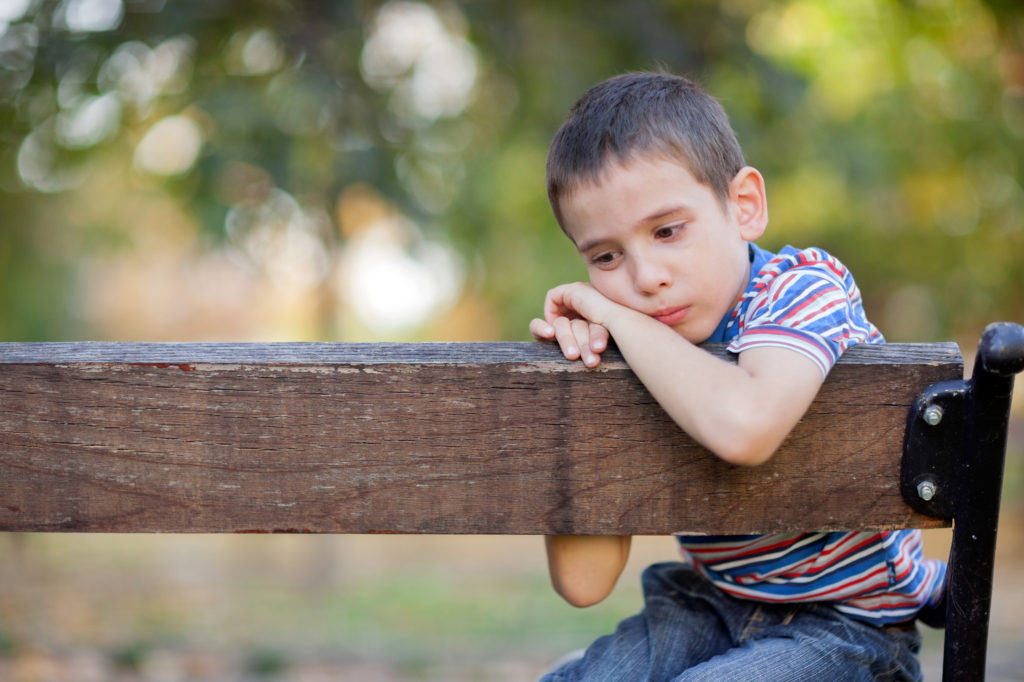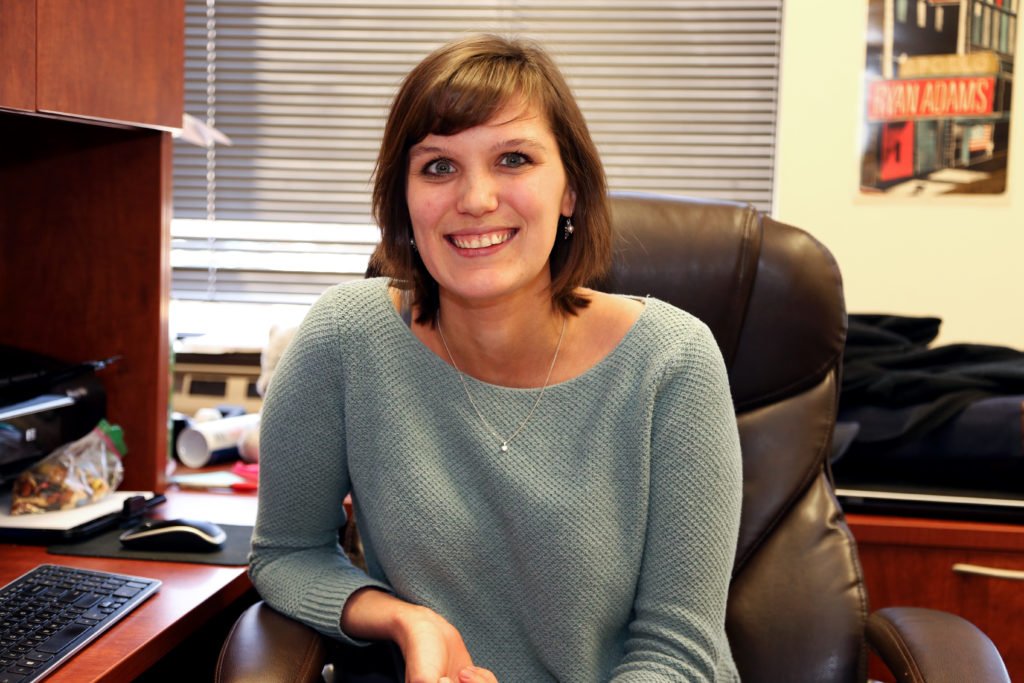The inability to drive can prevent foster teens from participating in everyday activities that youth from the general public get to enjoy regularly. Each year, more foster youth around the country reach driving age without a clear way to actually begin driving. “Simply by virtue of their state involvement, thousands of foster youth are deprived the right to a normal life,” writes Lexie Gruber for the Chronicle of Social Change.
Entering foster care as a teen, Gruber describes the difficulties she faced in trying to have a normal life: “My high school years did not include the quintessential milestones that so many of my peers got to experience. Extracurriculars allowed me to spend more time outside of the group homes and shelters, but finding a ride was difficult….” If she wanted to spend the night at a friend’s, the Connecticut Department of Children and Families required that everyone in the household pass a federal background check. “I feared that my friends and my parents would think I was a delinquent if I told them they needed a background check for dinner. Making friends was pointless without being able to sustain the bond outside of the classroom,” she writes. This experience is not unique to Lexie Gruber.






